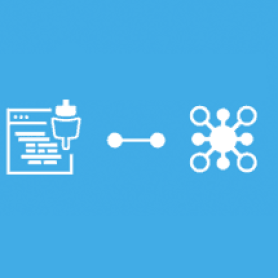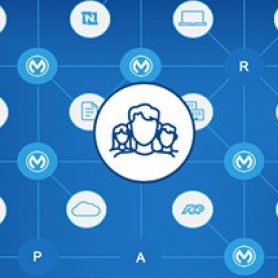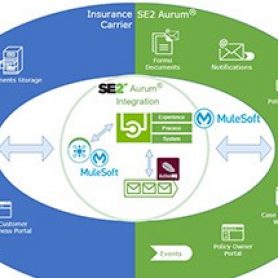Latest posts
The New Lego Bricks on the Block: Composable APIs
What common item can be used to construct a house, a tree, and a car? The answer, which may not be obvious, is LEGO... read more.
What Is API-led Connectivity? Unlock Business Agility
Today's world faces unprecedented disruption and change. The digitization of every aspect of our life, economy, and society continues rising. To thrive in this... read more.
What Do Integration and AI Have in Common?
Emerging tech is messy and artificial intelligence is perhaps the messiest. By 2026, Gartner anticipates organizations that develop trustworthy purpose-driven AI will see over... read more.
What Are APIs, and How Does an API Work?
APIs are a key component of our digital world and enable billions of digital experiences every minute of every day. API stands for application... read more.
DataGraph in the context of API-led connectivity
This is the first blog in a series on how Anypoint DataGraph relates to the concept of API-led connectivity. DataGraph is evaluated as a... read more.
What’s the difference between low-code/no-code and iPaaS?
In recent months, the phrases “low-code” and “no-code” have popped up quite regularly. While they may seem like buzzwords — their usage dates back to... read more.
How to unlock the full potential of iPaaS with API-led connectivity
Integration is critical for all businesses, and the right Integration Platform-as-a-Service (iPaaS) is a key piece for any organization looking to accelerate digital efforts.... read more.
How to empower citizen integrators to perform integrations with APIs and RPA
It’s common these days for digital transformation projects for lines-of-business teams to require integration. These folks tend to be less technical but have projects,... read more.
API-led connectivity vs. SOA: What’s the difference?
This blog post is based on the internal work of Thomas Baumgart, former MuleSoft Client Architect, and is now being published by MuleSoft. In previous... read more.
Automating life insurance using API-led connectivity
SE2 is a technology vendor providing insurance software-as-a-service to its customers. SE2’s main product is the SE2 Aurum® Platform. To ease the buying process,... read more.























